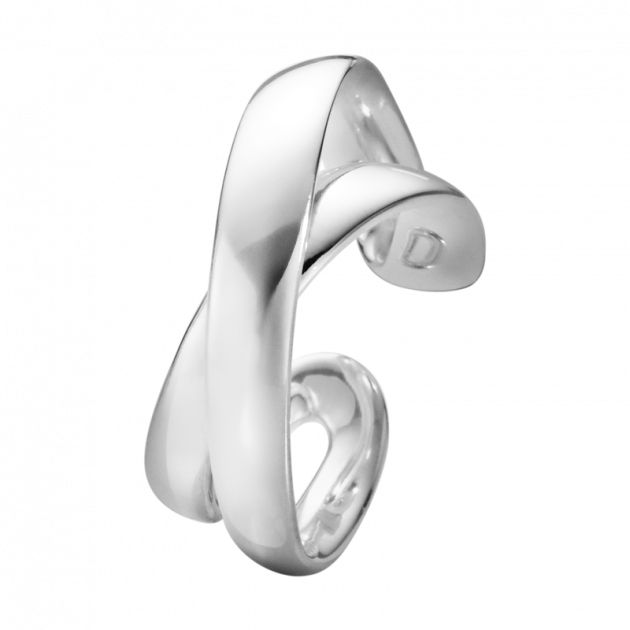Silver is one of the most common metals used to make jewelry. It comes in different types, which can make choosing a hard task for many people. It is essential to learn about the different types of silver available. This way, you will be able to decide on the best one for jewelry.
If you are in the market for a silver infinity ring, silver necklace or silver jewelry, ensuring you get it in the best silver material is the best way to ensure your piece of jewelry lasts a lifetime. Choosing the best silver metal also ensures that you gift your loved one with a high-quality jewelry piece that they can wear for years.

Here are the most common types of silver in the market.
Silver alloys
The first thing you need to understand is that silver used to make jewelry is usually an alloy and is referred to as sterling silver. This is because silver in its original form is too soft and thus cannot be moulded into strong jewelry pieces. To toughen it and make it suitable for jewelry making, silver is mixed with another metal. This way, it can be crafted into any timeless piece of jewelry.
Silver quality marks
It is also worth noting that every jewelry piece made of silver comes with a quality stamp. This is a mark of quality that makes it easy for you to tell the quality of the silver alloy.
.999 silver
This is the purest form of silver metal. It is characterized by a .999 mark which indicates that the metal has 99.9% pure silver. This form of silver is also characterized by a vitreous lustre appearance that is different from the bright appearance of sterling silver. .999 silver has a slightly dull and grey appearance. It is very soft and can easily scratch, dent or change in shape. This is why it is not used in making jewelry.
.925 sterling silver
Sterling silver is the standard silver jewelry quality in most parts of the world. The .925 indicates that the allow comprises of 92.5% of silver metal and 7.5% of another metal, usually copper or nickel. The added metal is meant to give the silver a sturdy quality, which makes it easy to mould into jewelry pieces. This alloy addition is what gives sterling silver the lustre and color loved by jewelry buyers. Sterling silver is usually stamped with the .925 mark of quality.
Silver-filled
This is a new layered metal that came into the market after the increase in silver prices caused by the recession. This is not an alloy since the metal content is different throughout the material. Sterling silver is used on the surface. The silver filling is usually between 5% and 10%. This is a relatively new type of silver and thus not commonly used by most jewelers.
Silver-plated
This is a type of base metal with a layer of silver coating on the surface. Some jewelry pieces are described as fine silver-plated. Even so, the content of silver used to plate the metal is usually a very small percentage. Silver-plated jewelry pieces are the most affordable silver pieces in the market. The Silver plating eventually tarnishes and wears off to expose the metal underneath.
Testing for silver quality
Two tests can be used to determine the content of silver in any alloy.
X-ray testing is the most preferred method as it is non-destructive. However, it requires expensive x-ray equipment, which means that the testing can be costly. The piece of jewelry is sent to a lab for the test. This is a fairly accurate test for most items and jewelry made from silver. However, this is not a foolproof test since some types of plating, and layered metals can affect the accuracy of the test.
The more accurate silver test is the assay or wet chemical analysis. This requires a small piece of the metal to be removed for testing. This test is accurate and reliable.
The best way to ensure you get high-quality silver is to purchase from a reputable jeweler. This way, you will not need to run expensive tests to determine the quality of the silver in the jewelry piece.